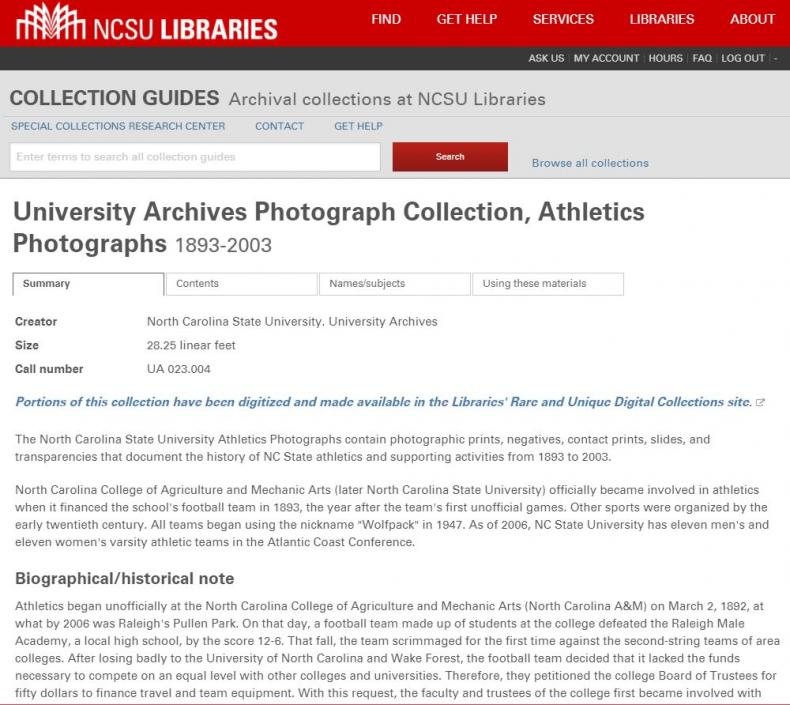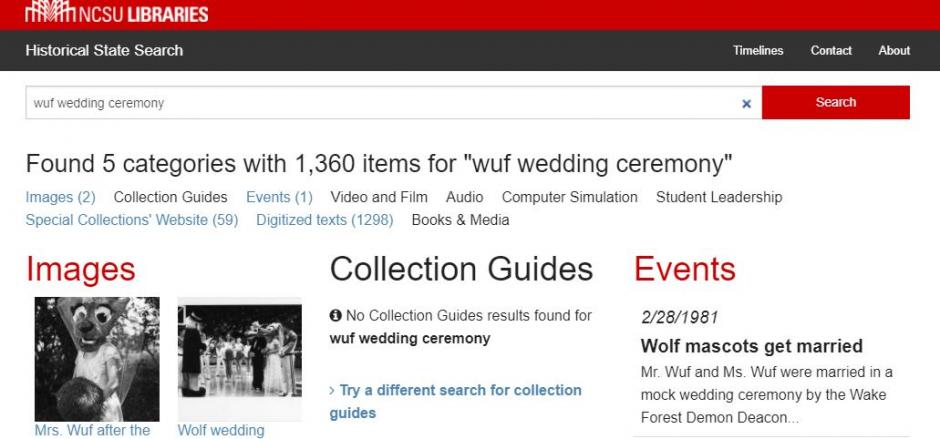Ethics in Archives: Discoverable Description and Accessible Arrangement
Blog post contributed by Taylor de Klerk and Jessica Serrao, Library Associates
Archival processing requires a lot of tough decisions. Sometimes it may not seem that way because a large part of the job is organizing and describing papers. We pull them out of boxes, put them in new folders, write titles on the folders, and then put all of those folders in order in new boxes. We create digital finding aids so the information is online and researchers can find what they’re looking for. Then, we write about what we do in blog posts (like this one!) so we can be as transparent as possible about our work and connect with our community. Bada bing, bada boom: there’s a new collection processed and available for researchers like you.
But what about all of the smaller decisions that make up that workflow? How do we know which papers belong together? To what extent do we trust the order of the papers in the box; do they actually reflect the creator’s original arrangement? There might be something a researcher could discover in the original order that we can’t see. Do we sacrifice that order to reorganize things alphabetically or chronologically instead? Also -- what’s the best way to label each folder and accurately but concisely describe what it contains? Do we use industry-specific jargon to keep things standardized? Do we keep what the creator used as a label so it’s as authentic as possible? Do we devise our own labeling system so that when folders are alphabetized similar items are kept together?

Many small decisions like those accumulate to significantly impact how a collection is arranged, described, and ultimately interpreted by researchers. Each collection presents unique situational decisions. We have helpful tools to guide us so that we may provide the most useful product for our researchers. These tools include professional principles and standards, educational training, experience, and good ol’ intuition.
When creating descriptions of archival materials, like the titles we place on folders to communicate their contents to researchers, Describing Archives: A Content Standard (DACS) is the most widely adopted tool among U.S. archivists. This standard works in conjunction with its Statement of Principles to help archivists create “consistent, appropriate, and self-explanatory descriptions of archival material.”1 DACS provides guidelines for formatting descriptive elements in finding aids or catalog records such as names, dates, and titles. It also informs the archivist on what to include and exclude in descriptive notes about the collection’s scope and contents and its administrative or biographical histories.
The act of creating descriptions is definitely an ethical endeavor, and archivists must be aware of their own inevitably biased tendencies that inadvertently influence description. This is a difficult task, and each archivist’s background and professional judgment may differ. Ethical and honest describing requires archivists to constantly consider the diverse demographics and needs of their user population. We strive to be clear and concise in our wording and consider the vast implications of our choices as they have the power to improve or impede discovery and access. For example, we can improve an original description of a folder titled “Mr. and Mrs. Wuf,” that contains photographs of NC State’s mascots’ marriage by changing it to “Mr. and Mrs. Wuf mock wedding ceremony photographs.”2 This description contains more useful information for users and incorporates keywords that are discoverable in an online search of our collections.
Our jobs aren’t just fun and games and wolf weddings, though. Description and arrangement require diligence; we do our best by considering the potential consequences of our decisions and talking about how we make those decisions (this blog post counts towards that end, too!). We limit our changes to collections so that our finding aids maintain the integrity of the original collection, but with enhanced discoverability. As such, the collection’s original function and the creator’s original purpose should remain evident. Arrangement and description are powerful tools that we wield with care and consideration of long-term ethical repercussions, and we don’t bear this responsibility lightly.
This is part of a special series of SCRC blog posts about ethics in archives. In this series, we discuss a variety of ethical issues archivists face. At the same time, we keep you informed about what we do every day. Check out the series introduction here, and our previous post on privacy, and stay tuned--more posts are coming soon!
1. Describing Archives: A Content Standard (Chicago, IL: Society of American Archivists, 2013), 3.↩
2. This is a fictitious example. For more information about Mr. and Mrs. Wuf’s wedding, visit this blog post from 2011. A timeline history of NC State’s mascots can be found here.↩

